Caretaker Nguyen Van Manh takes care of each grave at Ham Rong Martyrs Cemetery.
On the national highway, where the pine trees rustle in the wind, 63-year-old caretaker Luu Van Hong diligently clears the grass at the Hau Loc Commune Martyrs’ Cemetery. Every day, he arrives very early to begin a day of silent labor that lasts until the sun sets. His job is not only to cut grass and sweep leaves, but also to tidy up graves and sacred land if relatives of martyrs request it.
Having lived here since 2005, Mr. Hong said: “I do it out of gratitude. They sacrificed for the country, so now we have to take care of them.”
The reason why he chose to stay with the cemetery for a long time began with a pain in his family. Martyr Tran Van Hung, his wife's eldest brother, died in 1972, when he was just over 20 years old. In a family of four daughters, he was the only son, the hope, the support both spiritually and in the future. The whole family searched for his grave for decades, until 2000 when they found his remains in a cemetery in Binh Dinh province. The day he was brought home, his mother, who was nearly 80 years old, could only hug the mound of dirt and cry. Since then, his mother-in-law, now 102 years old, has been determined to visit her son's grave every day. Every time she was sick or unable to go, she asked Mr. Hong to go instead. From the promise he made to his mother-in-law, Mr. Hong has always been attached to the cemetery. Not only taking care of his relatives' graves, he also took care of the entire cemetery of more than 22,000 square meters, with about 300 martyrs' graves. In particular, there are three graves with unknown identities, which he considers as his own flesh and blood. "On holidays and Tet, I burn incense and pray: "Don't feel sad, consider me a family member. If no one comes, I will stay with you."
Someone joked, “Mr. Hong can live in the cemetery, so he must be... used to ghosts.” He just smiled: “I’m not afraid. On the 30th night of Tet, I made a tray of sticky rice and a chicken, and prayed in the middle of the yard: “If you threaten me, who will take care of the incense for you? If I’m healthy, I can still take care of you.” Then everything was peaceful.
In mid-July, when the sun was shining brightly and the cemetery was deserted, we met Mr. Nguyen Van Manh, the caretaker at Ham Rong Martyrs Cemetery for more than 10 years, quietly trimming old incense sticks on the graves. The cemetery covers an area of 6 hectares, with 1,935 graves and 2 mass graves of 64 and 182 martyrs. Of these, nearly 1,000 graves have unidentified identities, mainly martyrs who died on the battlefield in Laos and were brought back after the war.
Among thousands of stone steles, Mr. Manh can read each area, each lot, remembering the names, hometowns, and dates of death of the heroes who have passed away. "Whenever a group of martyrs' relatives come from far away, as long as they tell me their names, I can lead them to the graves in a few minutes," he said.
The busiest time is July 27 every year, followed by Lunar New Year, September 2, Qingming Festival... There are days when he and his colleagues have to light thousands of incense sticks, arrange flowers, and clean up fallen leaves. He said: “We do it out of our heart. They sacrificed for the country, so it is the right thing to do to preserve their graves. Each incense stick, each flower is a way of showing gratitude, we cannot do it carelessly.”
For Mr. Manh, being a caretaker is not a job, but a promise to the past, a silent gratitude to those who have fallen. “I don’t do it for the salary. I do it because I understand that without you guys, I probably wouldn’t be here today.”
Having been attached to the cemetery for many years, Mr. Manh has also encountered strange things. One night, while sleeping in the guard house, he heard someone knocking on the door and calling his name. “I opened it and saw no one, only the faint smell of incense smoke. I silently prayed: If it is you, come in. If you need anything, just tell me. I consider you as my relatives,” Mr. Manh said, his face calm, without the slightest fear.
Two people, two cemeteries, but one heart, they are true “memory keepers”. They live quietly beside the graves of thousands of deceased, doing a seemingly simple job, but one that has a sacred meaning.
In an era where people easily forget the past and neglect the values of sacrifice, they are the link that connects today's descendants with the previous generations. Their silent footsteps sweeping leaves, their incense sticks burning in the early morning, that is how they keep the memories of the country from being obscured by the dust of time.
However, the people who work in the maintenance work are still not recognized as they should be. They work in a special environment, but the treatment is very modest. Most live below the minimum wage, do not have special job allowances, nor are there reasonable vacation policies.
Thanh Hoa province currently has 740 works honoring martyrs, including 253 martyr memorials, 368 martyr steles, 89 martyr statues, 31 martyr cemeteries, the resting place of over 10,000 martyrs and nearly 2,000 martyrs buried in their family cemeteries. These works not only demonstrate the nation's morality of remembering the source of water when drinking water, but also contribute to educating the country's glorious revolutionary tradition for today's and future generations.
When the grass is trimmed, the steps are cleaned, the incense sticks are replaced... then the hearts of the living are at peace. Not everyone can be a caretaker because that job requires not only strength, but also heart. Every day that passes, among the rows of silent graves, they silently wipe away the dust of time, preserving the resting place of those who have fallen for the Fatherland.
Amidst the hustle and bustle of modern life, they remind us that: Memories need to be cherished, sacrifices need to be preserved and appreciated.
Article and photos: Tran Hang
Source: https://baothanhhoa.vn/nguoi-gin-giu-ky-uc-noi-nghia-trang-256104.htm


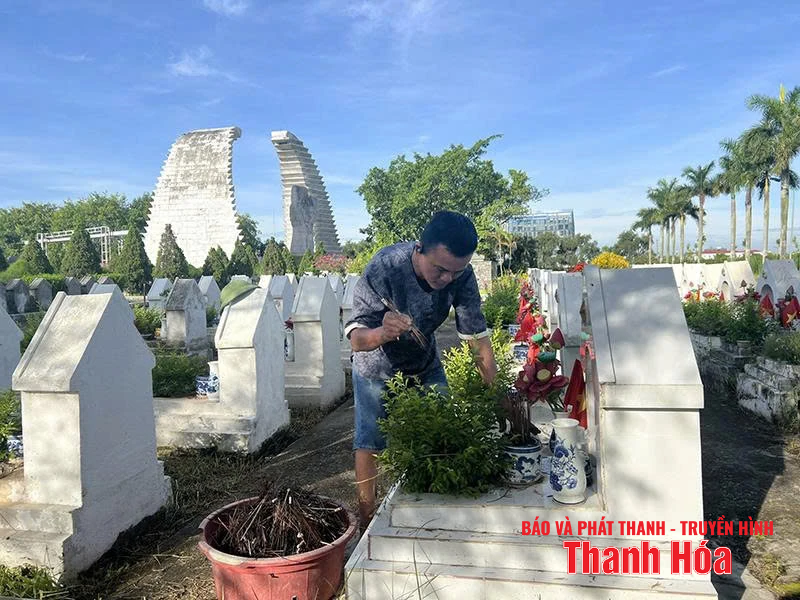
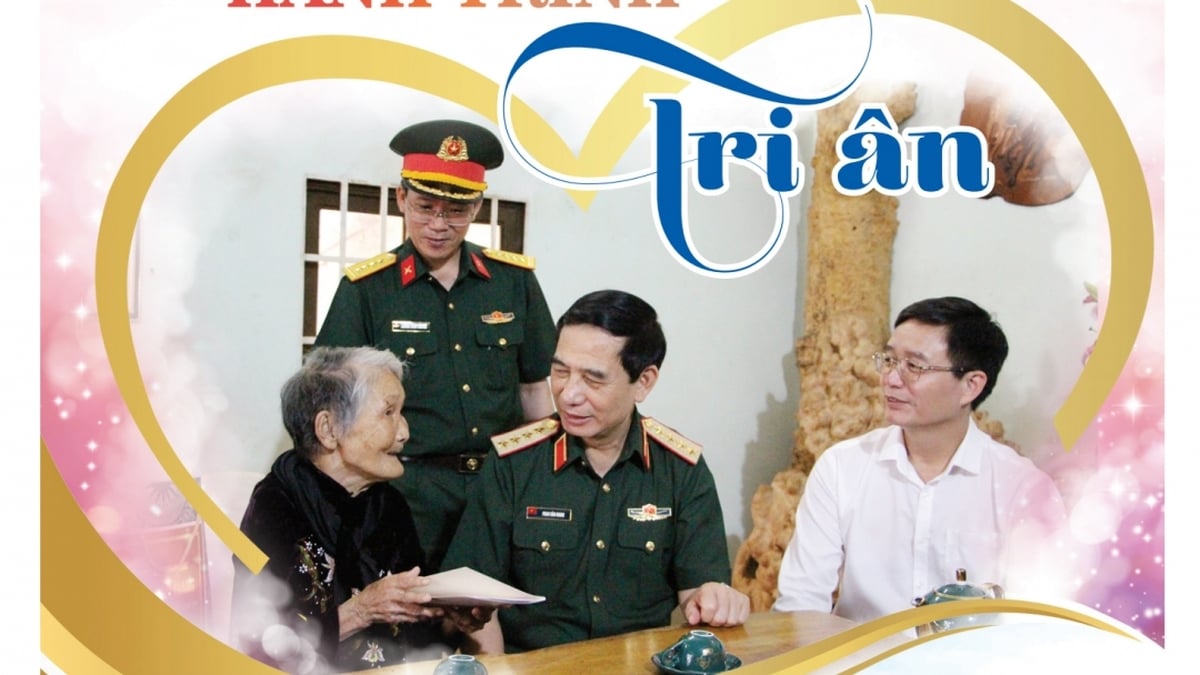
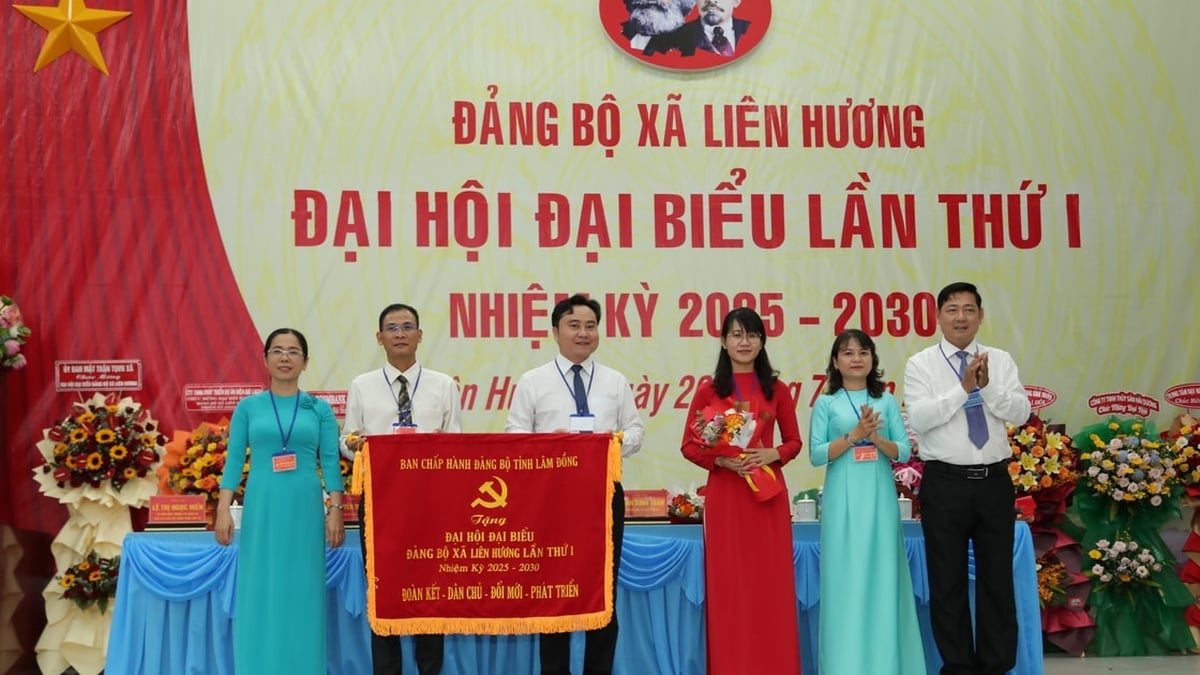
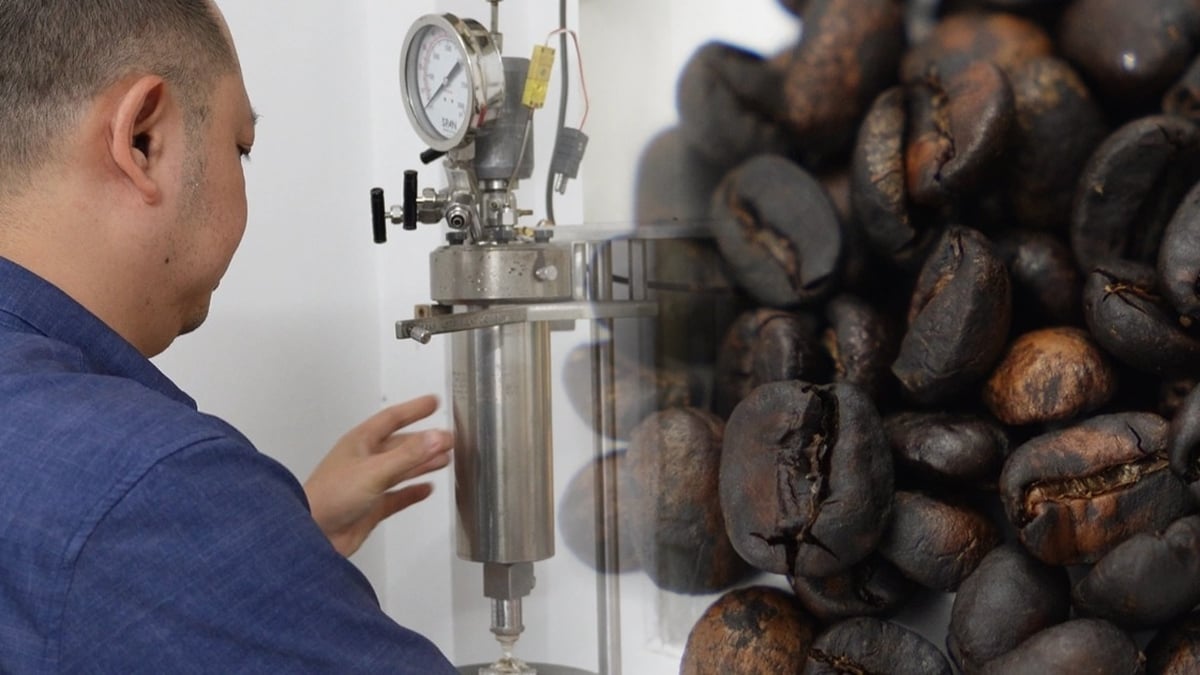
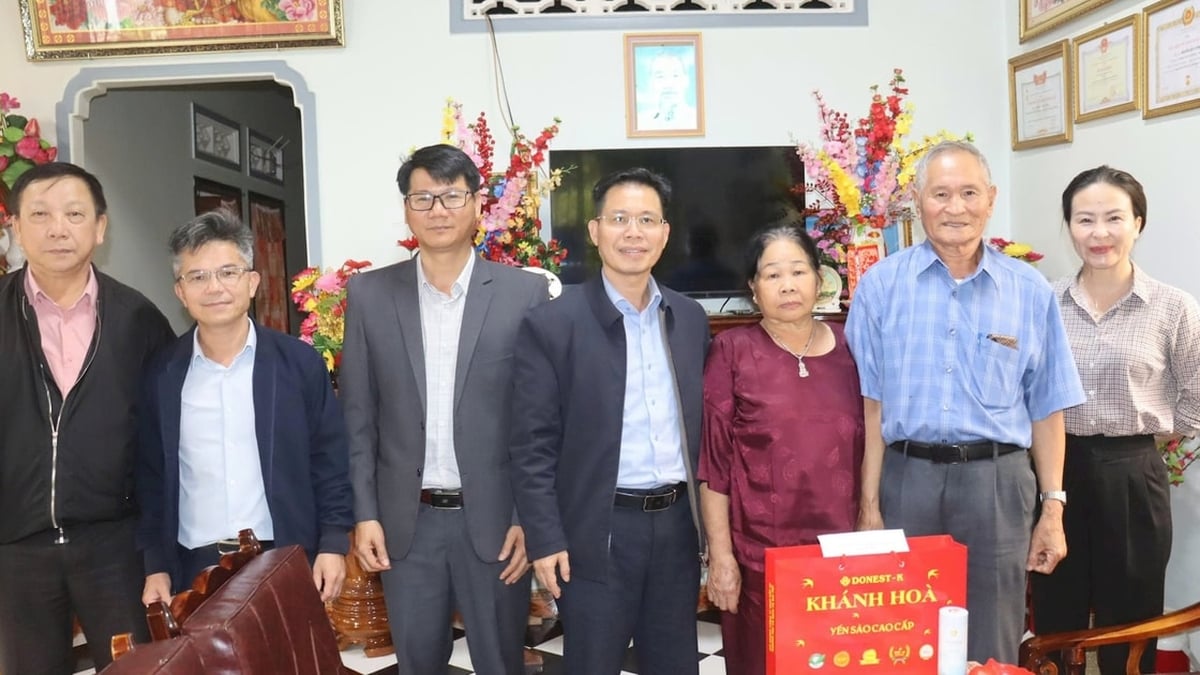
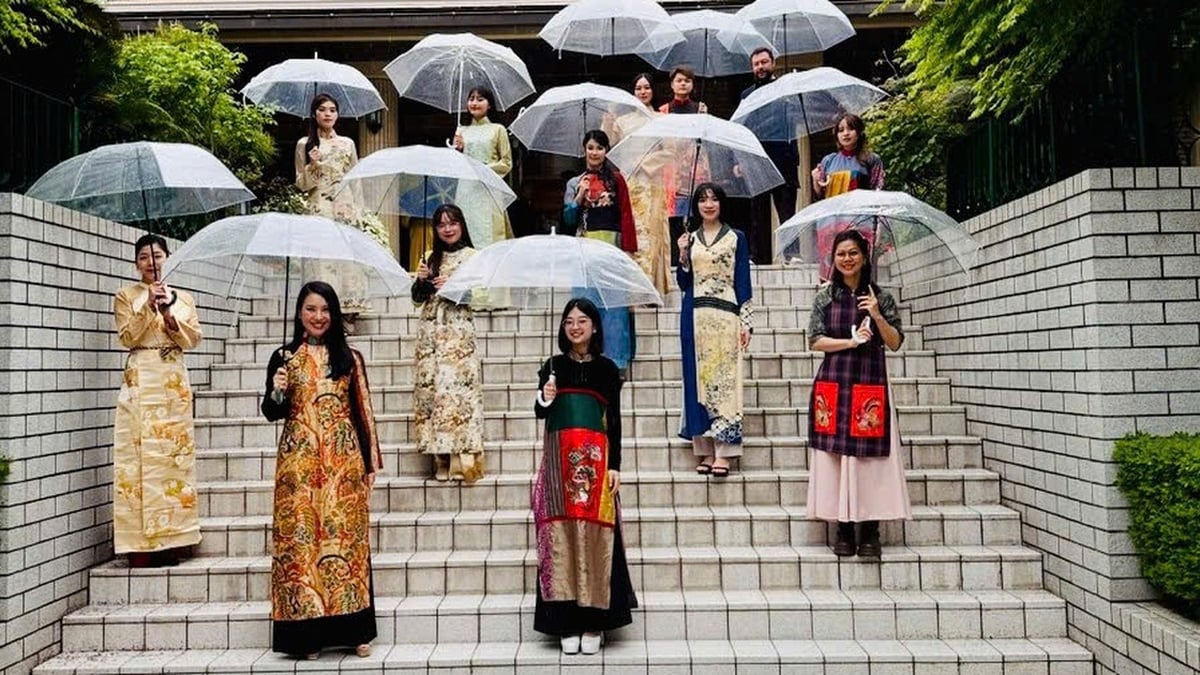
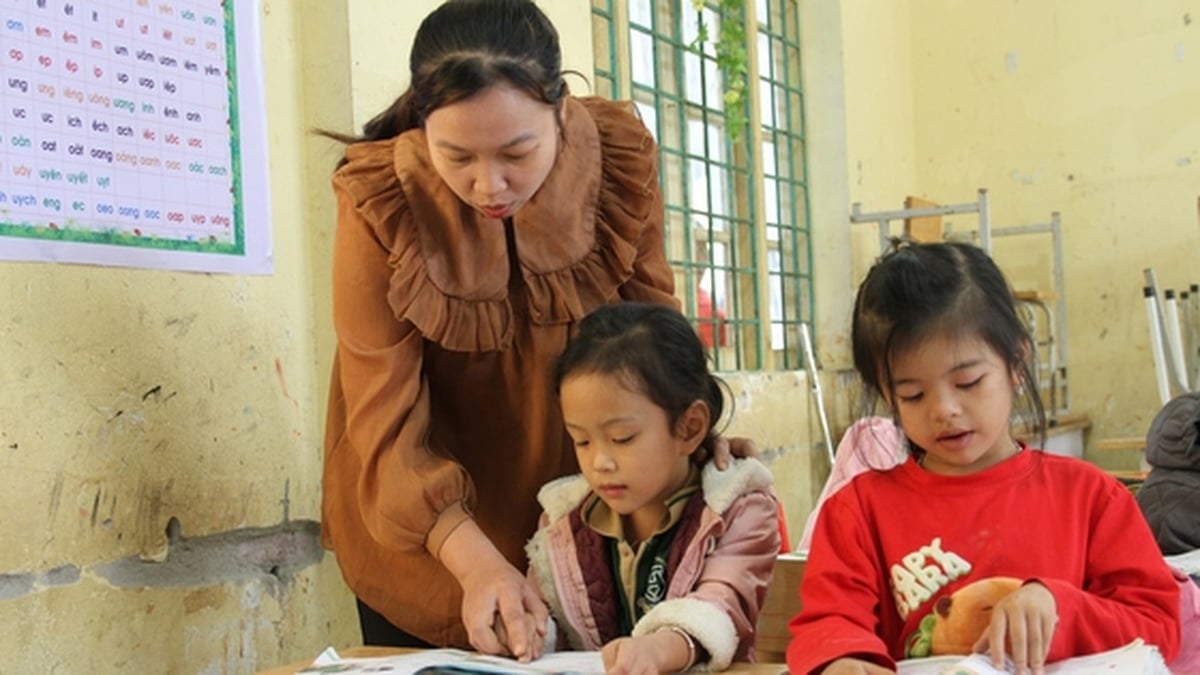
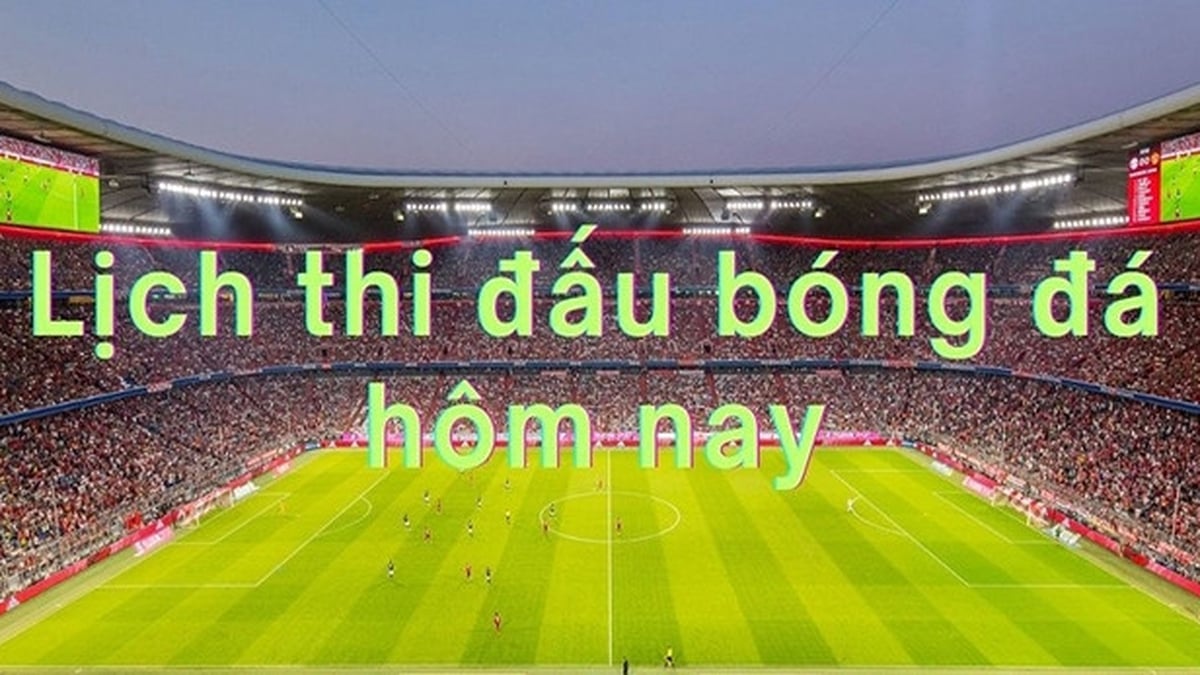
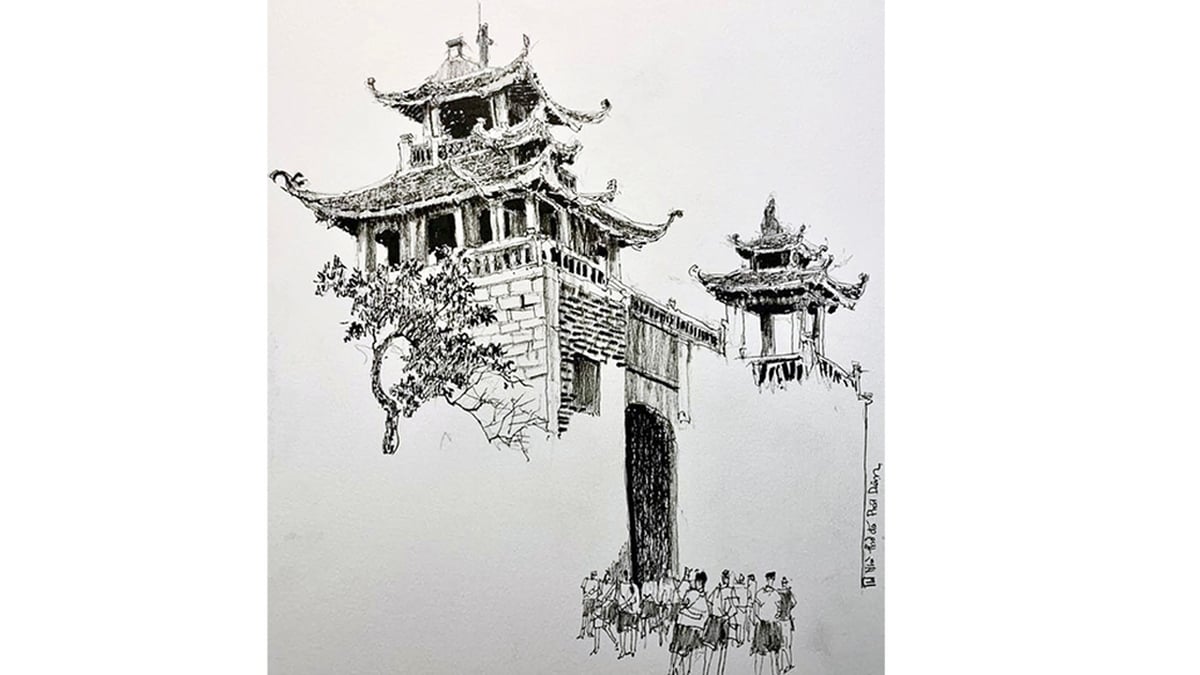
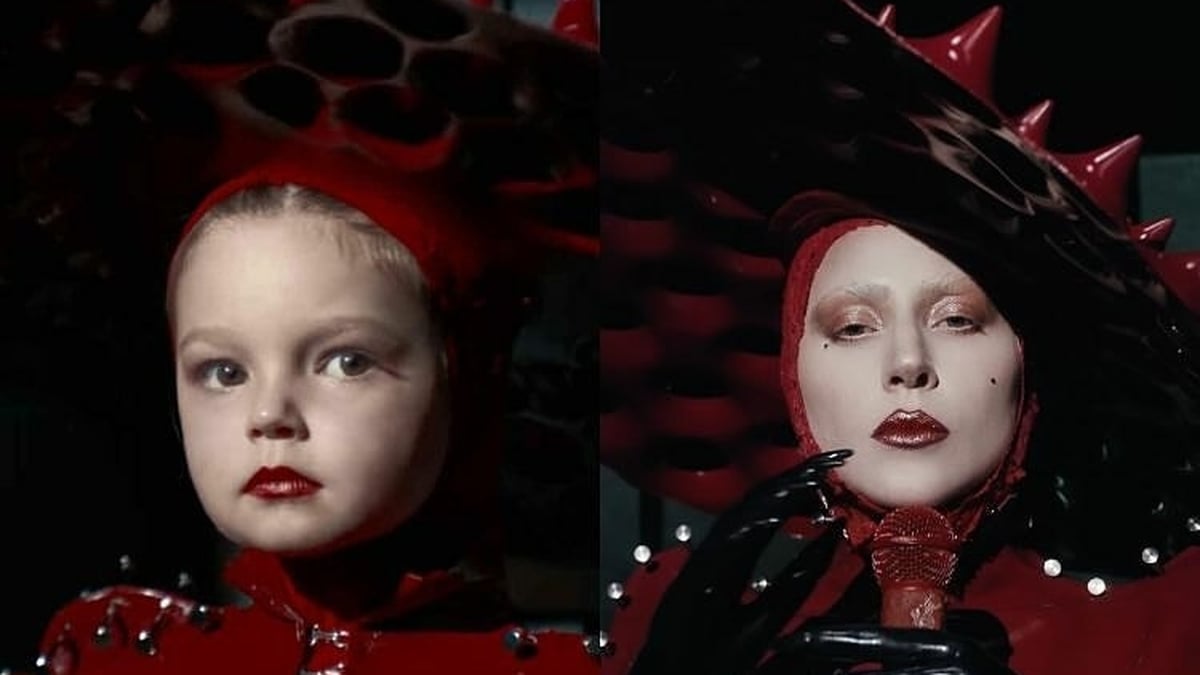
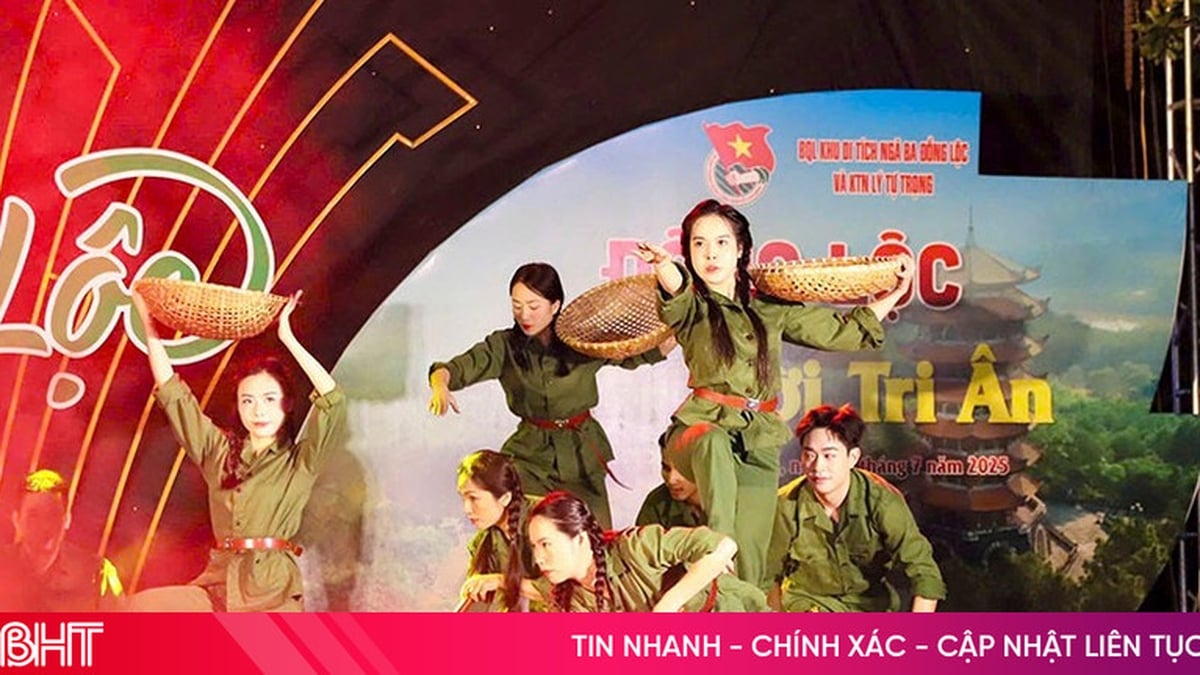























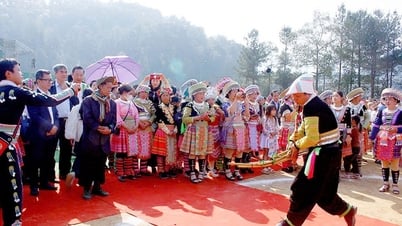

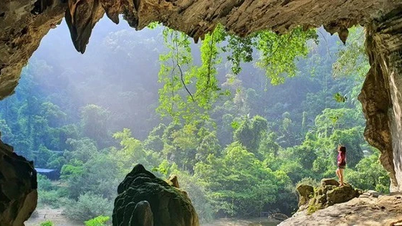

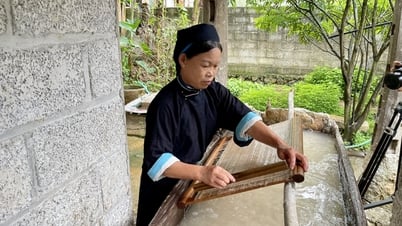

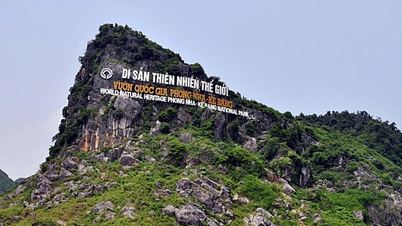

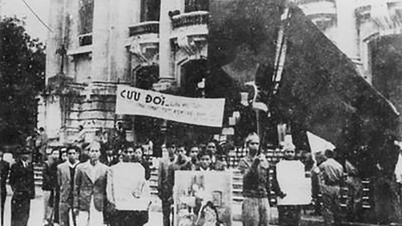



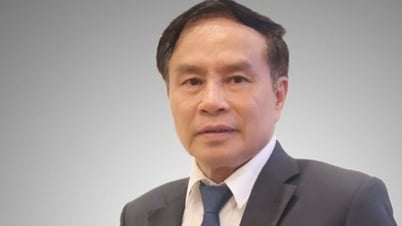





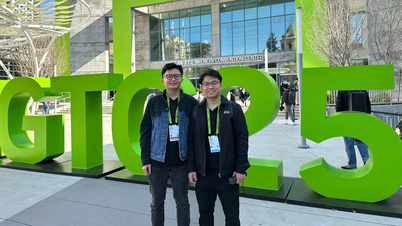













![[Photo] National Assembly Chairman Tran Thanh Man receives Chairman of Morocco-Vietnam Friendship Association](https://vphoto.vietnam.vn/thumb/402x226/vietnam/resource/IMAGE/2025/7/26/b5fb486562044db9a5e95efb6dc6a263)


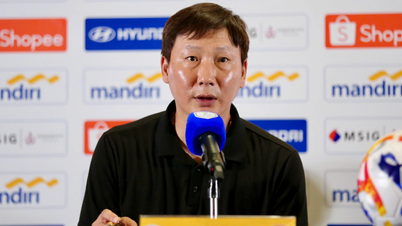
































Comment (0)